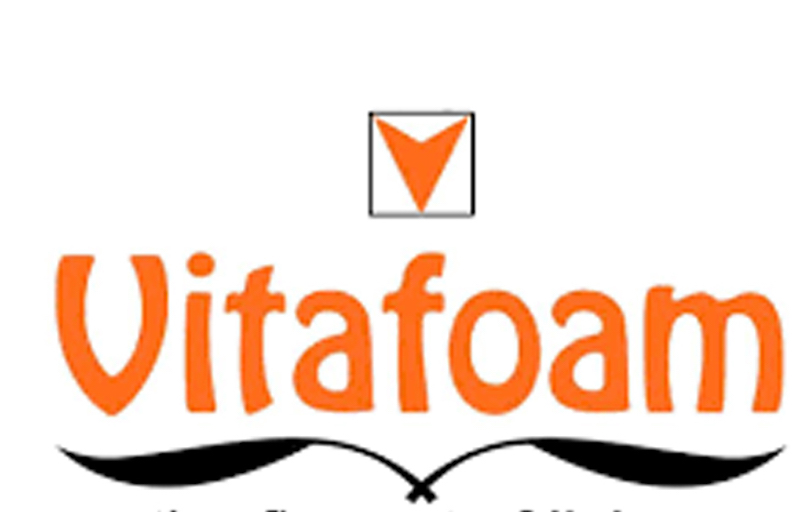Vitafoam: Going Strong For The Third Year
Vitafoam Nigeria Plc is going strong for the third year on a stretch since it put an end to a stream of losses in 2018. The company’s third-quarter report as at June 2020 shows that it isn’t likely to sustain the trend of improving sales for the 2020 financial year already ended in September. However, it is expected to keep profit improving.
Management is able to keep profit up at the end of the third quarter from a drop in turnover over the period. That was made possible by cost saving. All expense lines were slashed all the way from cost of sales to finance expenses. With that, the ability to convert revenue into profit has climbed higher than any time since the company returned to profit in 2018.
The biggest cost saving is coming from the company’s biggest expenditure line: cost of sales. Input cost went down more than three times as fast as sales revenue at the end of the third quarter at 19 percent compared with 6 percent. This is a sustaining favourable behaviour from the preceding financial year when cost of sales declined slightly against a 14 percent growth in turnover.
Taiwo Adeniyi, group managing director/CEO of the company, is realising his goal of cutting costs to boost earnings for shareholders. Cost of finance is dropping for the second year and cost of sales is claiming the lowest share of sales revenue since 2016. This has swelled gross profit margin and enabled the company to raise gross profit against a drop in sales at the end of the third quarter.
The foam manufacturing company closed the third quarter operations with sales revenue of N16.5 billion, which is a year-on-year drop of 6 percent. The company has grown sales revenue every year since 2017 but a break in the trend looks likely for the 2020 financial year.
Loss of sales revenue was more than compensated by a 19 percent drop in cost of sales year-on-year to N9.3 billion at the end of the third quarter. That powered a growth of 19.5 percent in gross profit to over N7 billion over the review period. Gross profit margin rose from 34 percent in the same period in 2019 to 43 percent at the end of June 2020 – the highest in many years.
Further positive developments followed on both sides of income and cost. Other income increased by 13 percent year-on-year to about N279 million while administrative expenses declined slightly at N3.1 billion. Distribution cost dropped by 14 percent to N628 million over the same period.

The gains in revenue and drops in costs gave a big boost to operating profit – which advanced by 56 percent year-on-year to over N3.6 billion at the end of the third quarter. Operating profit had grown by 112 percent last year when the company combined growing sales revenue with moderating costs.
Finance cost also dropped by 16 percent year-on-year to roughly N607 million at the end of the third quarter, which is further to a drop of 24 percent at the end of last financial year. Balance sheet borrowings almost doubled in the 2020 financial year from N3.4 billion in the prior year to N6.7 billion. The company was able to cut down finance cost through reduced use of bank overdraft facilities.
Vitafoam closed the third quarter operations with a 93 percent leap in after tax profit to N2.1 billion at the end of June. That is already quite close to the full year profit of N2.38 billion the company posted at the end of its 2019 operations.
Will the high growth margin on profit follow the company to full year is the question mark on Vitafoam, as its report for the full year ended September 2020 is expected to reach the market in December. Last year, the company’s profit soared a clear 115 percent between the third quarter figure and the full year’s closing. Whether the final quarter leap will be repeated is the development to watch out for on Vitafoam’s 2020 outing.
The company earned N1.62 per share at the end of the third quarter, improving from 87 kobo per share in the same period in 2019. It closed last year’s trading with earnings per share of N1.82 and gave out 42 kobo per share to shareholders in cash dividend.


Comments are closed.